Related Research Articles

John Campbell, 2nd Marquess of Breadalbane,, styled Lord Glenorchy until 1831 and as Earl of Ormelie from 1831 to 1834, was a Scottish nobleman and Liberal politician.
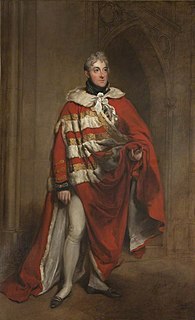
William Henry Vane, 1st Duke of Cleveland, KG, styled Viscount Barnard until 1792 and known as The Earl of Darlington between 1792 and 1827 and as The Marquess of Cleveland between 1827 and 1833, was a British landowner and politician.
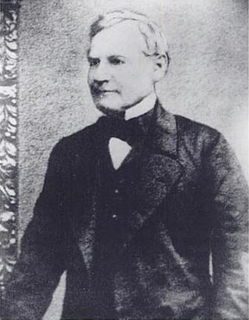
Admiral Sir Charles Elliot was a British Royal Navy officer, diplomat, and colonial administrator. He became the first Administrator of Hong Kong in 1841 while serving as both Plenipotentiary and Chief Superintendent of British Trade in China. He was a key founder in the establishment of Hong Kong as a British colony.
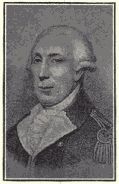
John Munro, was generally referred to as 'Captain The Hon. John Munro of Fowlis' to distinguish him from others with the same name and rank. He was a Highland soldier who after the Seven Years' War received extensive land grants at Albany, New York, becoming a prominent Tory and merchant associated with Simon McTavish and the fur trade. Having gained a reputation for no-nonsense, he was made a magistrate and given further land at Vermont to bring Ethan Allen and the Green Mountain Boys to order. Ever the ardent Loyalist, Munro fought for the British during the American Revolutionary War which led to the loss of his land following the American victory. He re-settled in Upper Canada, where he became a Judge and was appointed to the first Legislative Council of Upper Canada.

Sir Robert Munro of Foulis, 6th Baronet was a soldier-politician whose life followed an 18th-century pattern. He fought in support of the Revolution Settlement and the House of Hanover, and their opposition to all attempts by the Jacobites to restore the House of Stuart either by force of arms or by political intrigue.
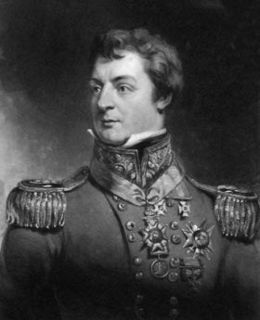
Major-general Sir James Carmichael-Smyth, 1st Baronet, was a British Army officer and colonial administrator.

The Slave Compensation Act 1837 was an Act of Parliament in the United Kingdom, signed into law on 23 December 1837. It authorized the Commissioners for the Reduction of the National Debt to compensate slave owners in the British colonies of the Caribbean, Mauritius, and the Cape of Good Hope in the amount of approximately £20 million for freed slaves. Based on a government census of 1 August 1834, over 40,000 awards to slave owners were issued. Since some of the payments were converted into 3.5% government annuities, they lasted until 2015.

John Cust, 1st Earl Brownlow, GCH was a British Peer and Tory politician.

The Battle of Achnashellach was a Scottish clan battle said to have taken place in the year 1505, in the Scottish Highlands at Achnashellach. It was fought by the Clan Cameron against the Clan Mackay and the Clan Munro.
Sir Robert Munro, 3rd Baronet of Foulis, 21st Baron and 24th chief of the Clan Munro was a 17th-century Scottish soldier and politician.
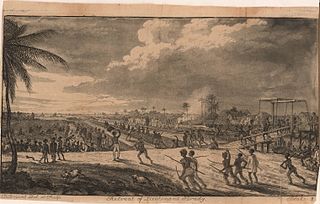
The Demerara rebellion of 1823 was an uprising involving more than 10,000 enslaved people that took place in the colony of Demerara-Essequibo (Guyana). The rebellion, which began on August 18, 1823, and lasted for two days, was led by slaves with the highest status. In part they were reacting to poor treatment and a desire for freedom; in addition, there was a widespread, mistaken belief that Parliament had passed a law for emancipation, but it was being withheld by the colonial rulers. Instigated chiefly by Jack Gladstone, a slave at "Success" plantation, the rebellion also involved his father, Quamina, and other senior members of their church group. Its English pastor, John Smith, was implicated.
Sir John Rae Reid, 2nd Baronet (1791–1867) was a British merchant and financier. He was a Tory and Conservative politician who sat in the House of Commons between 1830 and 1847.
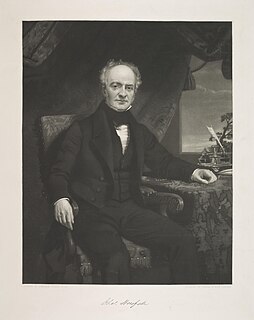
Charles Horsfall was a merchant and slave-owner who served as Mayor of Liverpool 1832–1833.
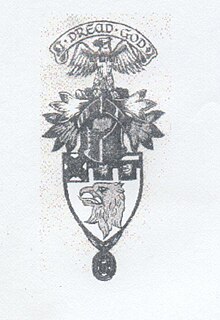
The Munros of Obsdale were a Scottish family and a cadet branch of the Clan Munro, a Highland Scottish clan. Their base was at Obsdale House, situated just north of the town of Alness in the Scottish Highlands. Some of the members of the Munro of Obsdale family were amongst the most distinguished Scottish military officers of the 17th century.

Clan Munro is a Highland Scottish clan of Irish origins. Historically the clan was based in Easter Ross in the Scottish Highlands. Traditional origins of the clan give its founder as Donald Munro who came from the north of Ireland and settled in Scotland in the eleventh century, though its true founder may have lived much later. It is also a strong tradition that the Munro chiefs supported Robert the Bruce during the Wars of Scottish Independence. The first proven clan chief on record however is Robert de Munro who died in 1369; his father is mentioned but not named in a number of charters. The clan chiefs originally held land principally at Findon on the Black Isle but exchanged it in 1350 for Estirfowlys. Robert's son Hugh who died in 1425 was the first of the family to be styled "of Foulis", despite which clan genealogies describe him as 9th baron.
Alfred Latham (1801–1885) was an English businessman and banker, born in Camberwell to Thomas Latham (1746–1818), a merchant and plantation owner, and his wife, Ann Jones. Inheriting wealth, Latham went into business in 1824, and went into partnership in what became the Arbuthnot Latham bank in 1833, with John Alves Arbuthnot (1802–1875).
The Munros of Culcairn were a minor noble Scottish family and a branch of the ancient Clan Munro, a Scottish clan of the Scottish Highlands. Their seat was at Culcairn which is on the east side of Allt Graad/River Glass in the parish of Kiltearn.
William Henry Cain was an American plantation owner and politician; he served as the lieutenant governor of South Carolina from 1846-8.
George Rainy was a Scottish merchant, slave owner and land owner. In the early 1800s, Rainy became involved in sugar plantations in the Caribbean which were worked by African slaves in Demerara in Guiana. Due to extensive family connections he eventually became a full partner in the Sandbach, Tinne & Company, a Scottish-ran company which dealt in trade in the same field and was prominent in British Guiana, to the extent that the men who were ran it were called the "Rothschilds of Demerara" on account of their wealth and influence. After the abolition of the Atlantic slave trade in the British Empire in the 1830s, Rainy became involved in the Highland Clearances. Using monies from the payout to former slave-owners following the Slavery Abolition Act 1833, he purchased the islands of Raasay, Rona and Fladda from Clan MacLeod in 1846: he removed from the land twelve townships of ninety-four Gaelic Highlander families to make way for sheep farming, causing mass depopulation and displacement on the islands.
Anna Gamon, or Anne Gamon, was an English aristocrat and slave owner. She married James Brydges, the third Duke of Chandos.
References
- ↑ http://www.ucl.ac.uk/lbs/person/view/8545 Lagacy of British Slave-ownership: John Lyons Nixon. Profile & Legacies Summary